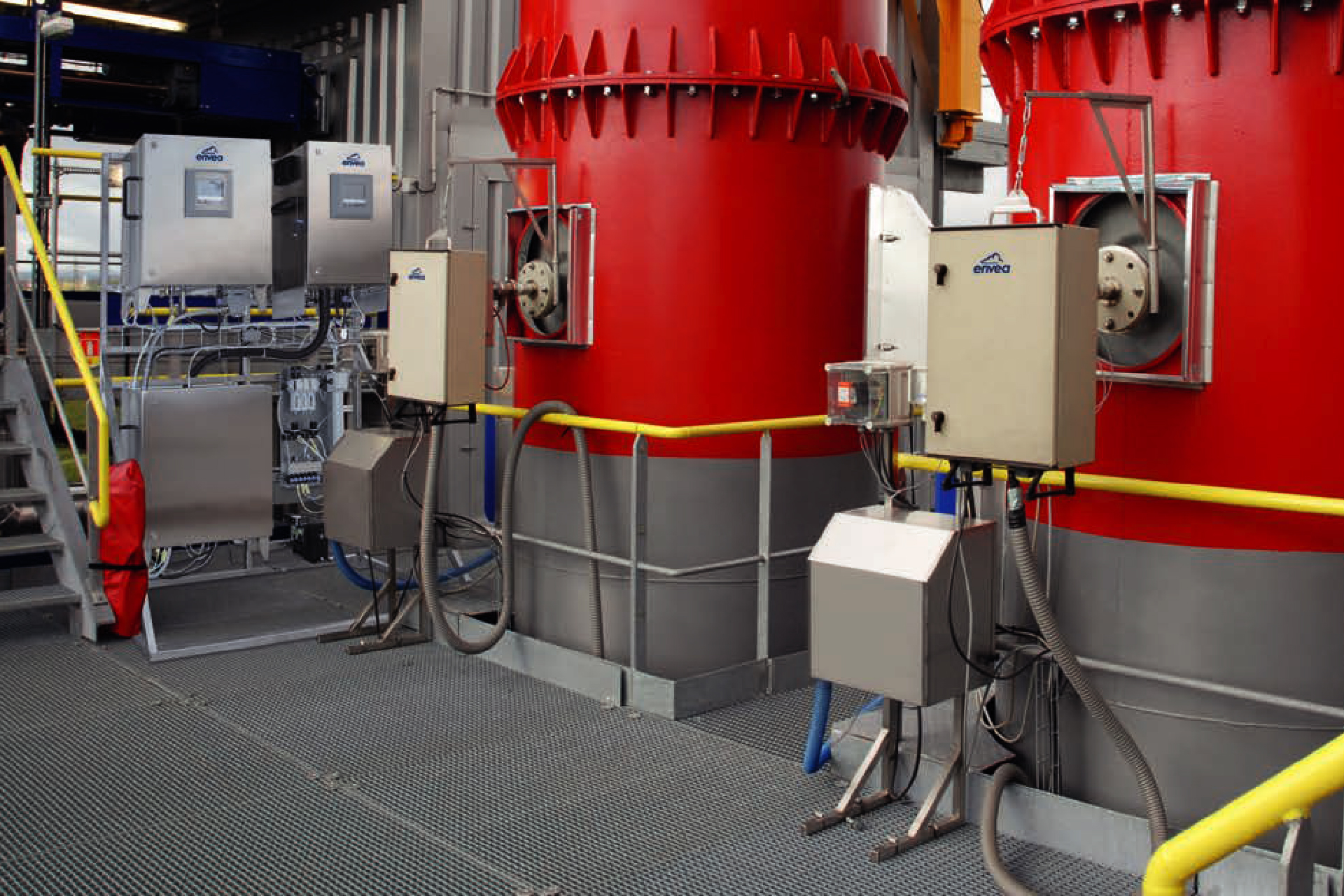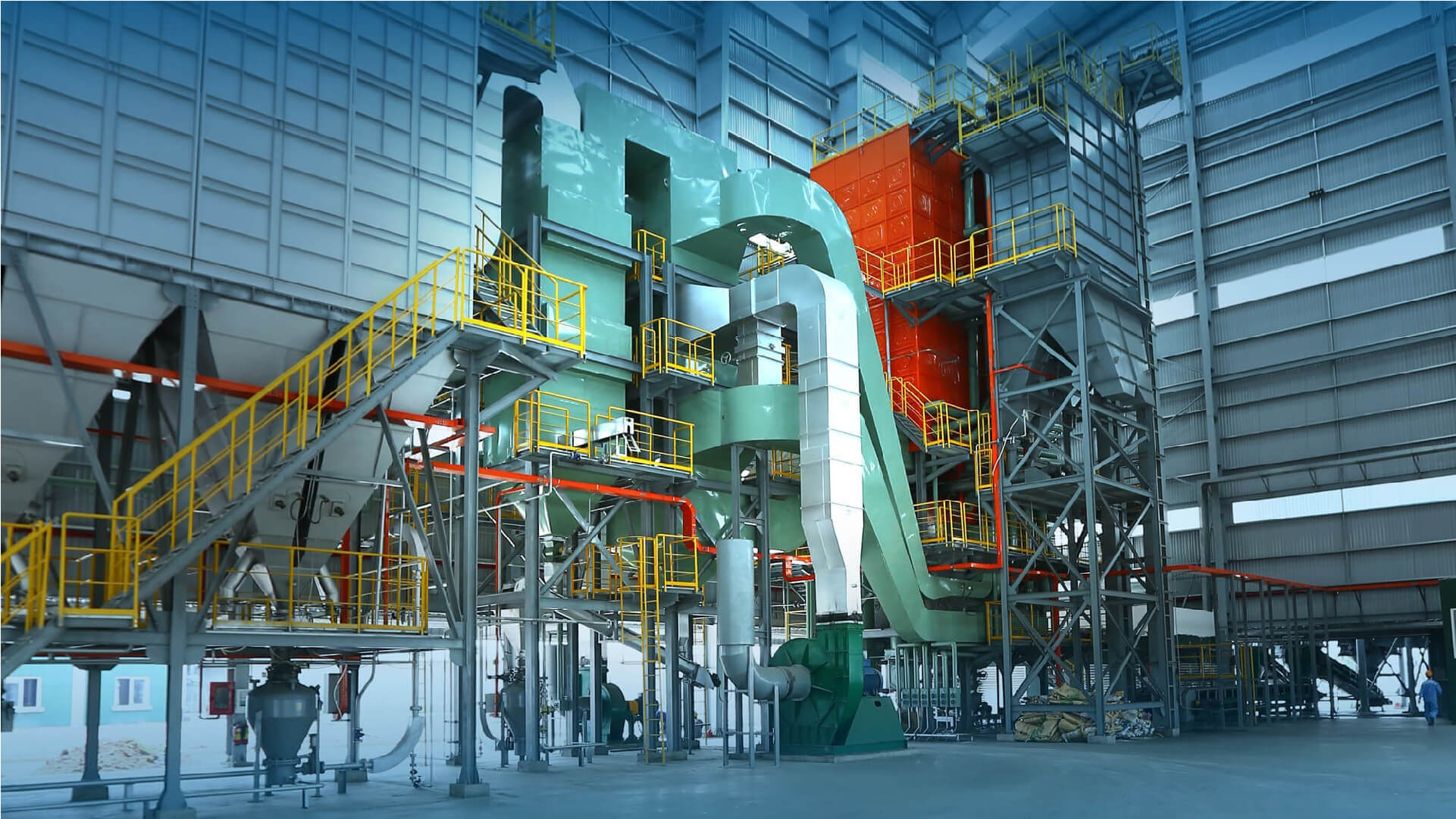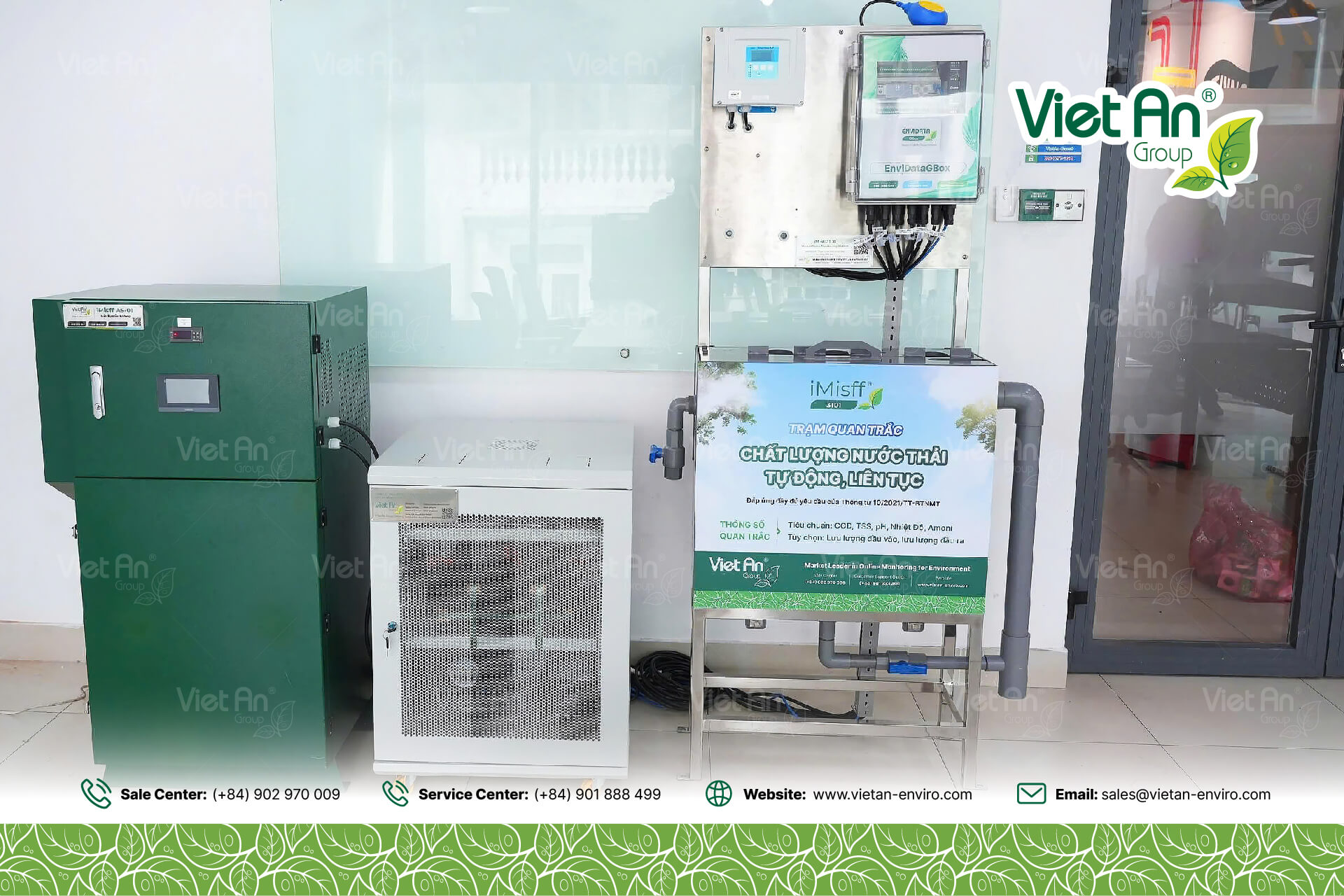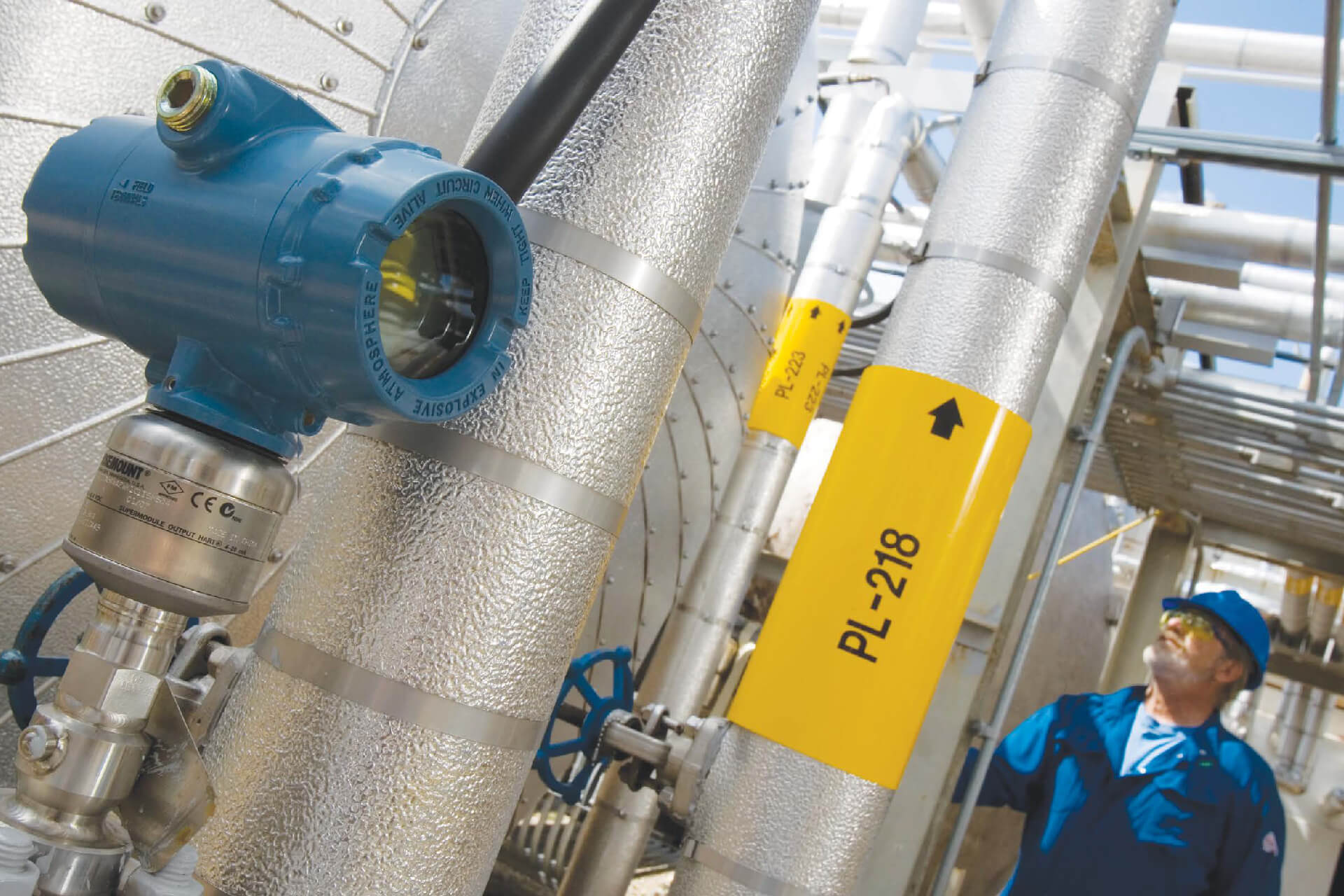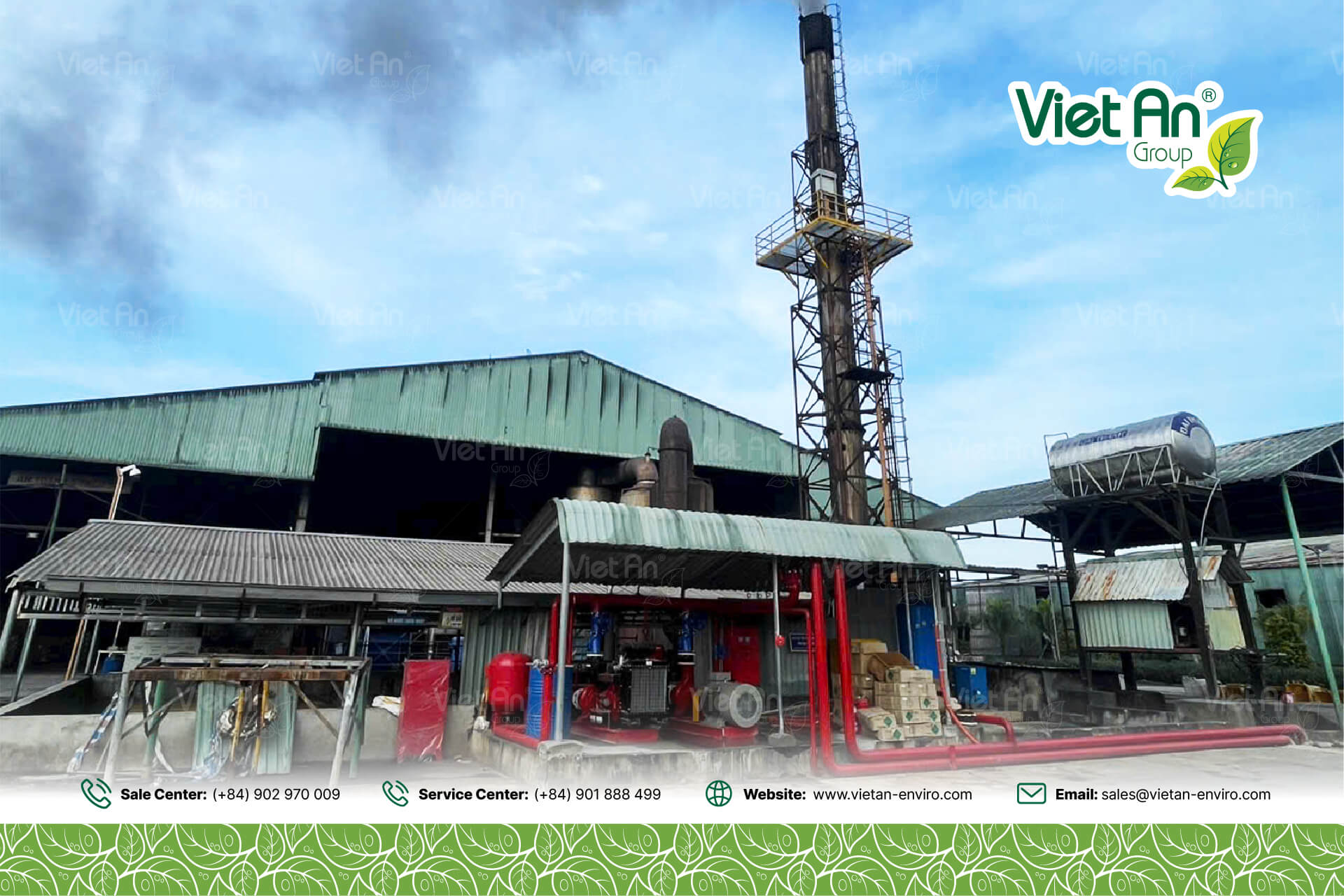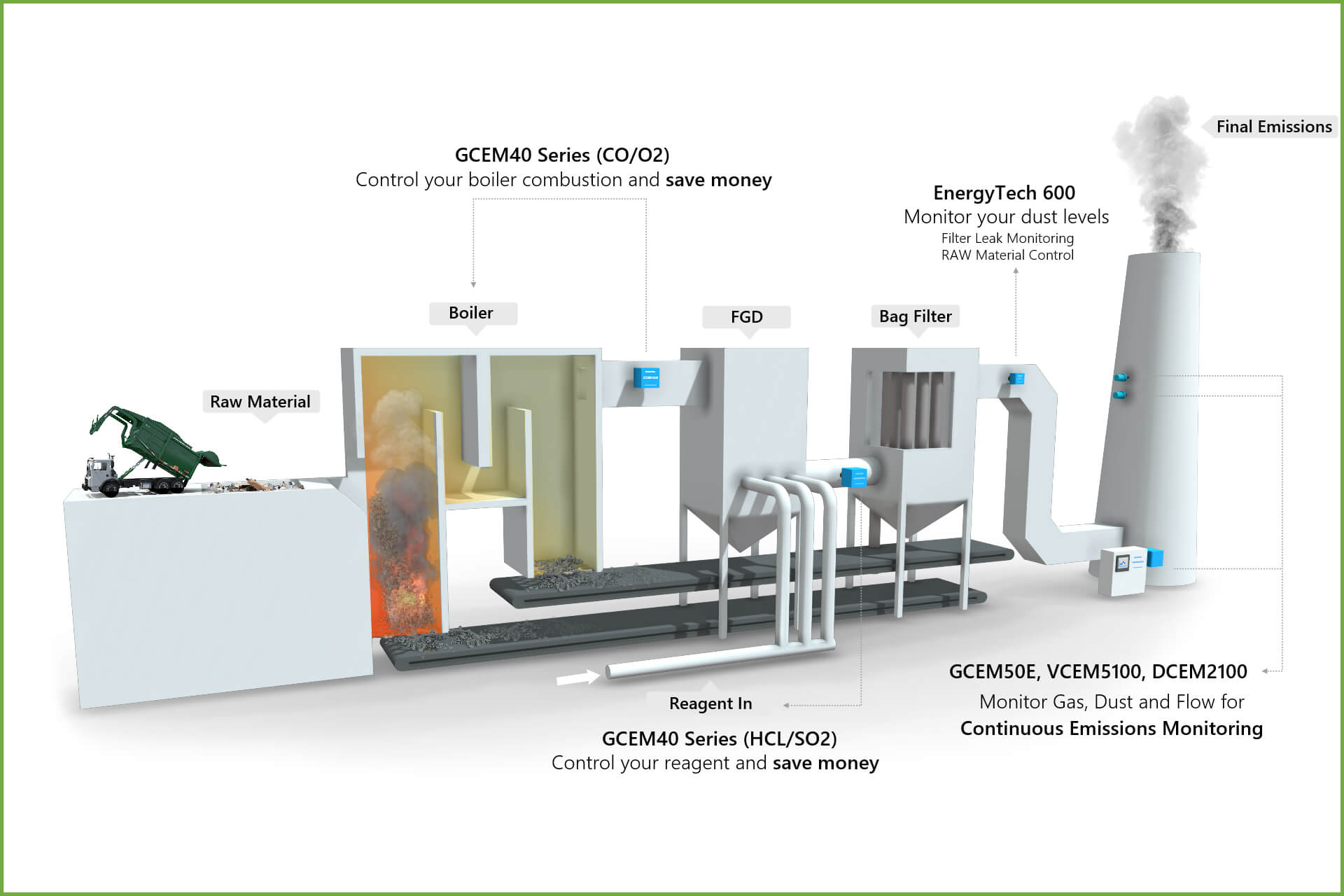In thermal power plants, water quality analysis is crucial in maintaining a contaminant-free Water/Steam cycle. Boiler feedwater must be monitored to protect the turbine, boiler, and piping from scale formation and corrosion
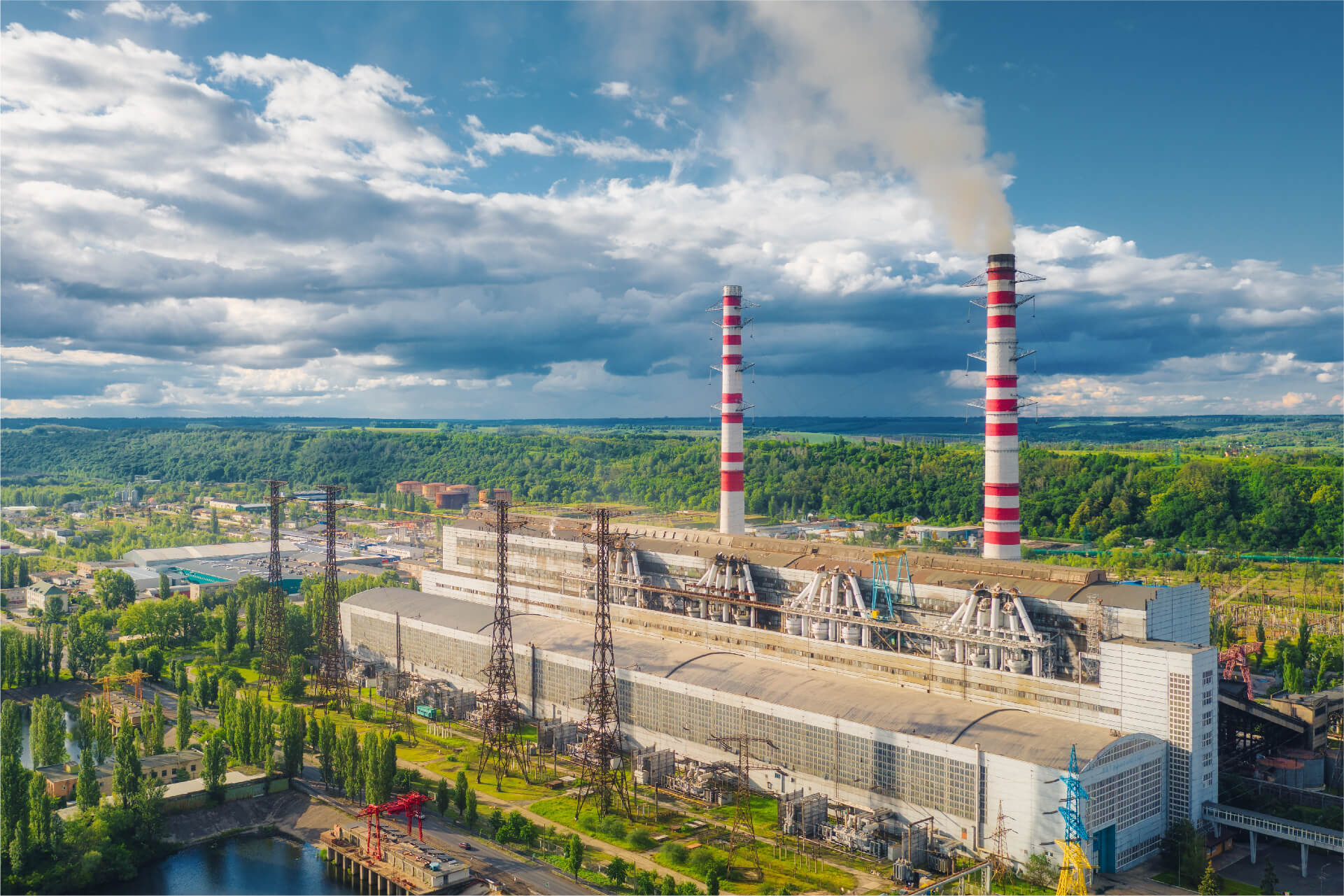
Continuously monitoring the quality of steam and water is the only way to control corrosion (corrosion rate) and ensure compliance with the chemical technical requirements of water. This aims to minimize costly repairs and avoid voiding system or turbine warranties in case of incidents.
What is SWAS?
SWAS is an acronym for "Steam and Water Analysis System," a steam and water quality monitoring system.
The Steam and Water Analysis System (SWAS) is designed to continuously monitor and control the purity of steam and water within the thermal power plant cycle.
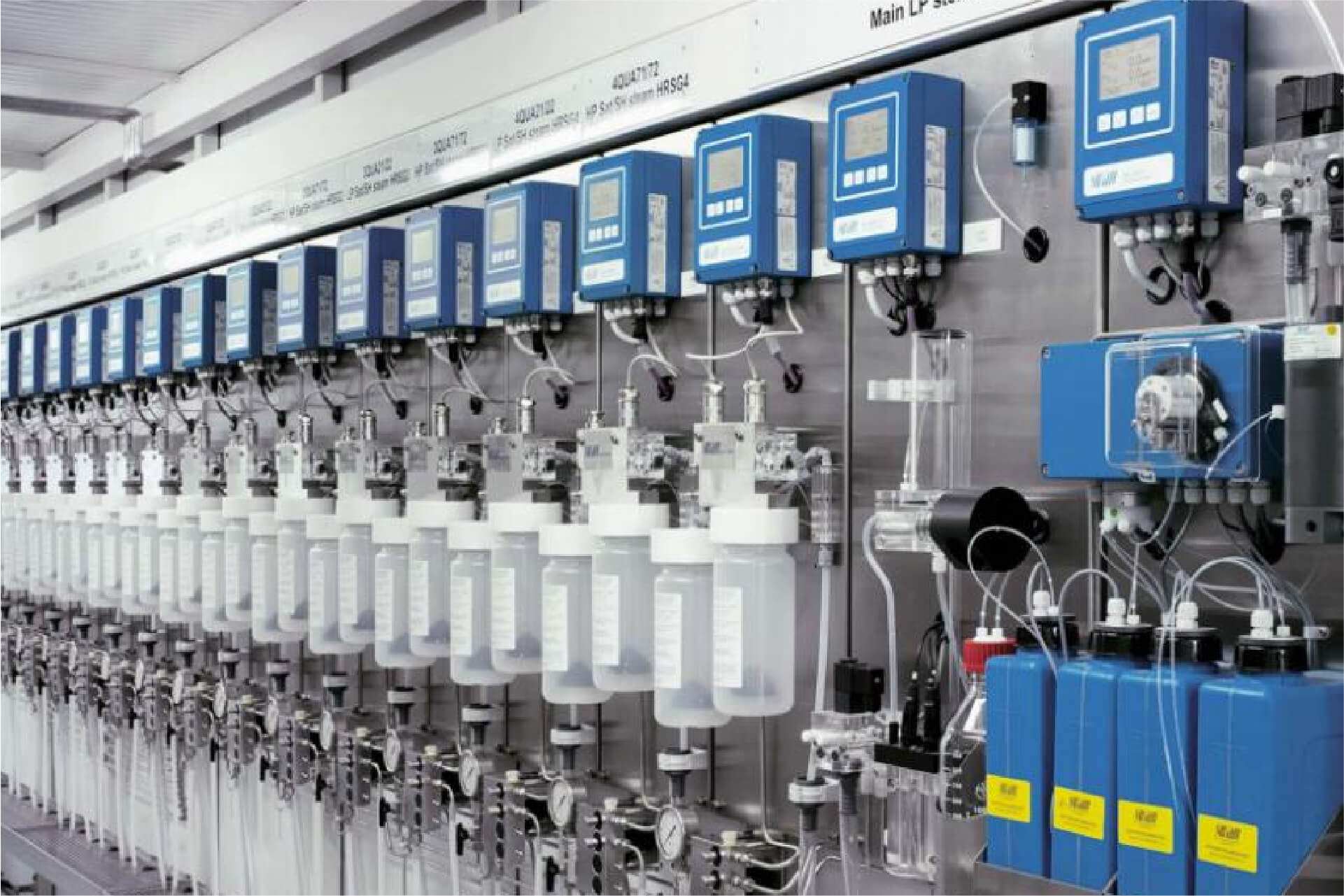
The Steam and Water Analysis System (SWAS) is designed according to the International Association for the Properties of Water and Steam (IAPWS) standards to ensure continuous monitoring of critical chemical parameters in steam and water.
These chemical parameters include:
- pH
- Specific Conductivity – SC
- Cation Conductivity – CC
- Degassed Cation Conductivity – DCC
- Silica (SiO2)
- Natri (Na+)
- Dissolved Oxygen
- PO4
- Hydrazine N2H4
A well-designed SWAS system must ensure that steam and water samples are representative during analysis.
The key to controlling corrosion in thermal power plants
To reduce the frequency of daily manual sampling for steam and water quality analysis at various sampling points and thus to control and monitor corrosion (corrosion rate) and scaling in pipelines.
For modern thermal power plants, the online automated water analytical system at various points in the steam and water cycle is the solution.
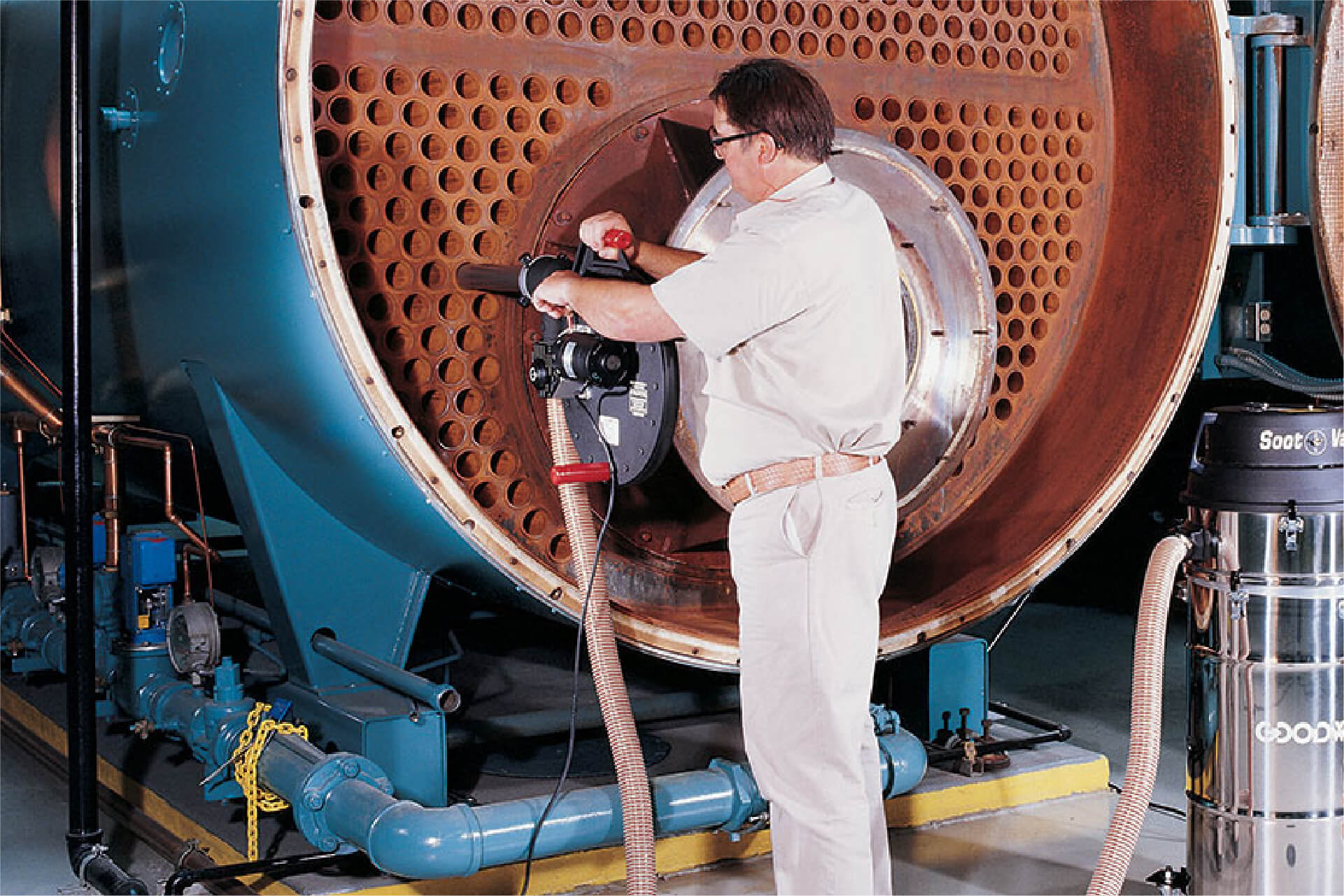
The Steam and Water Analysis System (SWAS) includes the following essential basic parameters:
Specific Conductivity – SC
- An increasing trend in specific conductivity over time can indicate scaling in pipelines. Additionally, this can accelerate the corrosion of equipment/pipelines in contact with water and steam.
Cation Conductivity – CC
- The Cation Conductivity (CC) parameter enables early detection of corrosive anions such as chloride (Cl—) and sulfate (SO4 2-). These anions can cause metal corrosion, reducing equipment lifespan like turbines and boilers.
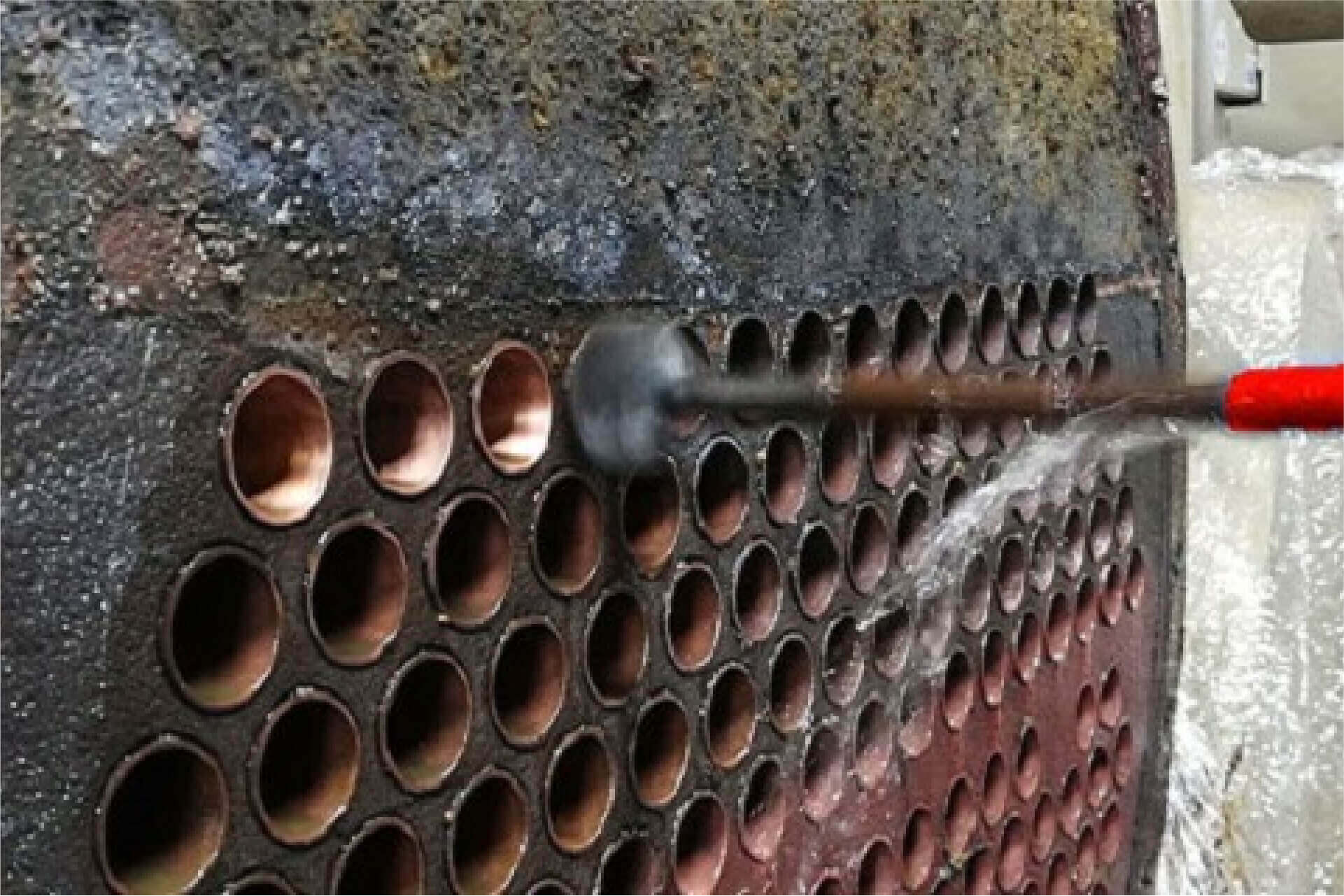
Degassed Cation Conductivity – DCC
- Monitoring Degassed CO2 Conductivity will help thermal power plants shorten the initial startup time after each turbine maintenance or overhaul.
Silica (SiO2)
- Silica vaporizes in steam and is carried into the turbine, causing thick deposits on the turbine blades. Although silica deposits are not corrosive, their accumulation increases the risk of blade misalignment, leading to serious consequences.
Sodium: Na+
- Sodium Chloride—NaCl (common salt)—forms Na+ and Cl- ions when dissociated in water. Under the high temperature and pressure conditions of the steam system, these ions can cause stress corrosion, especially in areas of high stress concentration, such as welds and pipe bends.
pH
- Continuous monitoring of water pH helps ensure water alkalinity, minimizing the risk of corrosion by steam and water.
Dissolved Oxygen
- Dissolved oxygen in water is one factor promoting metal surface oxidation, leading to corrosion. Monitoring dissolved oxygen concentration helps control the corrosion rate. Additionally, analyzing dissolved oxygen concentration helps monitor the efficiency of the deaerator.
Phosphate (PO4)
- Phosphate (PO4) also acts as a buffer, helping to maintain the desired alkaline pH level in boiler water, typically from pH 8.5 to pH 10.5. Within this pH range, it helps inhibit corrosion of boiler metal surfaces.
- The overall effect of dosing phosphate (PO4) into the boiler is to increase the pH value. In addition, the phosphate radical helps precipitate scale-forming minerals (Ca2+ and Mg2+ ions) and provides pH buffering to optimize the chemical properties of boiler water and prevent corrosion-related problems.
Hydrazine
- Hydrazine acts as an oxygen scavenger in water. However, hydrazine is also a toxic substance if dosed in excess, so continuous monitoring of hydrazine is necessary.
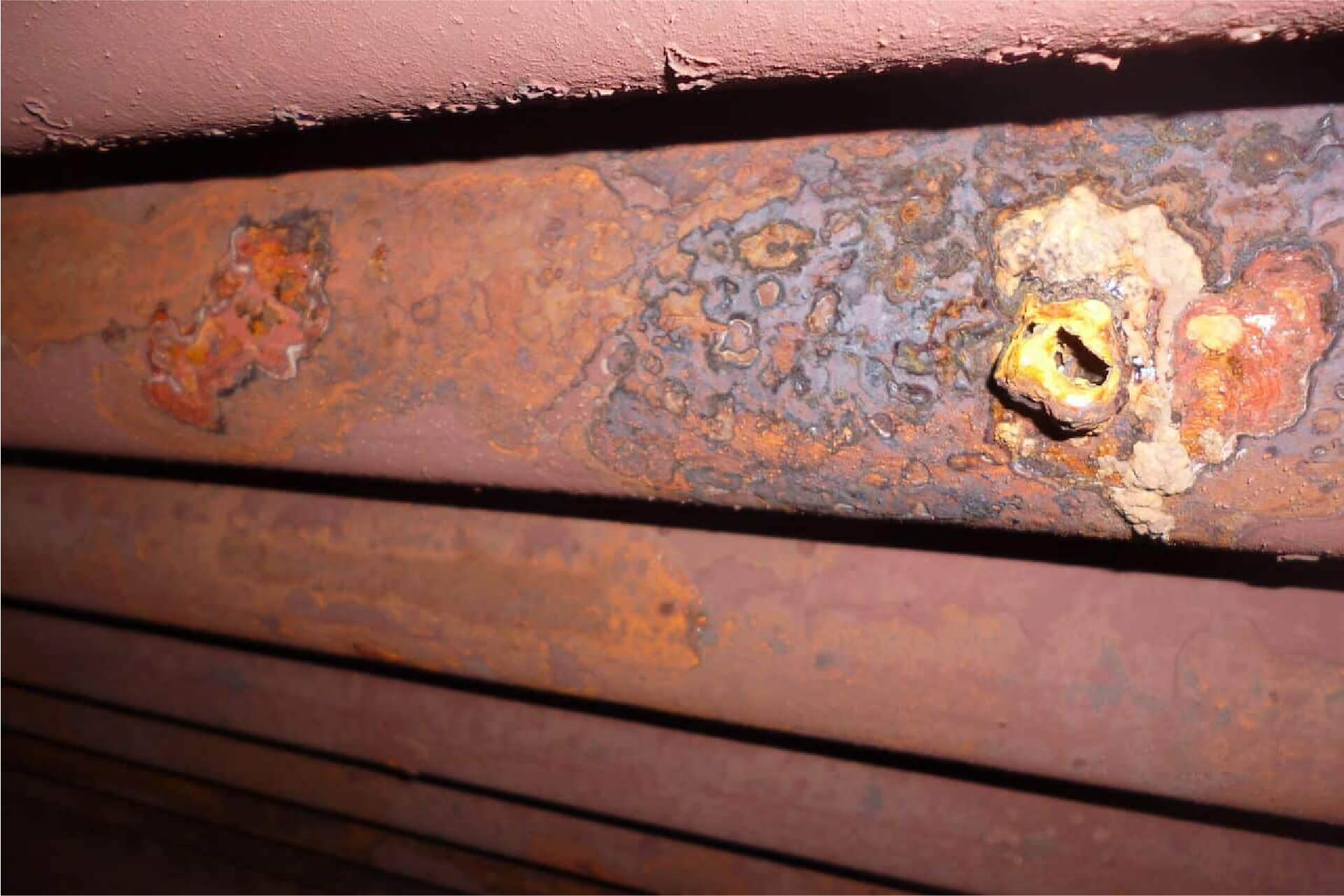
Applications of the Steam and Water Analysis System (SWAS)
- Boiler EPC contractor.
- Thermal power plant.
- Water quality monitoring.
- Online measurement of residual chlorine in the plant's cooling water system.
- Online measurement of residual chlorine before the RO membrane filtration system.
- Online measurement of residual chlorine in wastewater and automatic chlorine dosing system.
Viet An has successfully upgraded and completely replaced the Steam and Water Analysis System (SWAS) at a thermal power plant in the North.
Thanks to the new SWAS system, the plant has improved its ability to monitor and control water and steam quality, contributing to stable operation, extended equipment life, and optimized power generation efficiency.
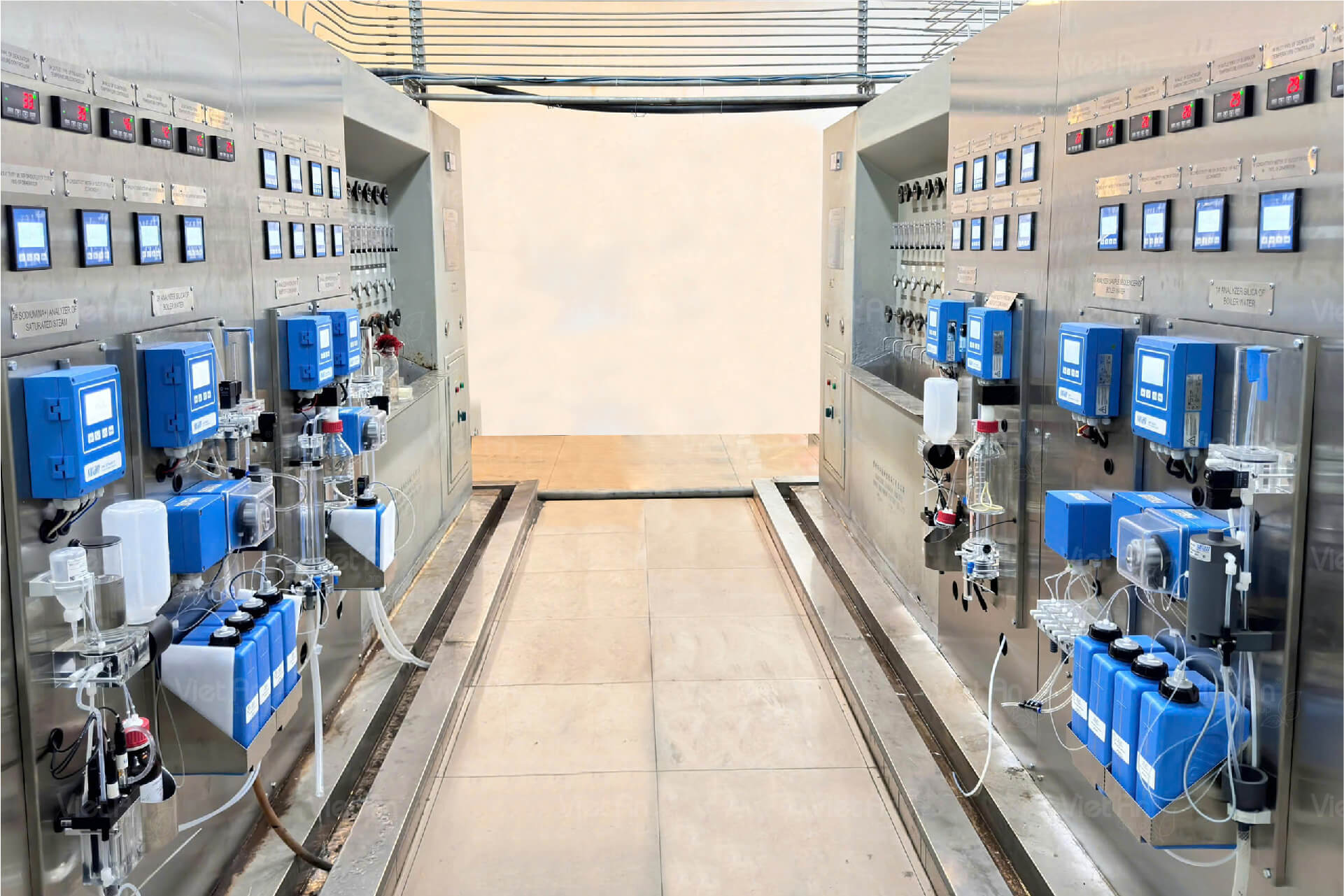
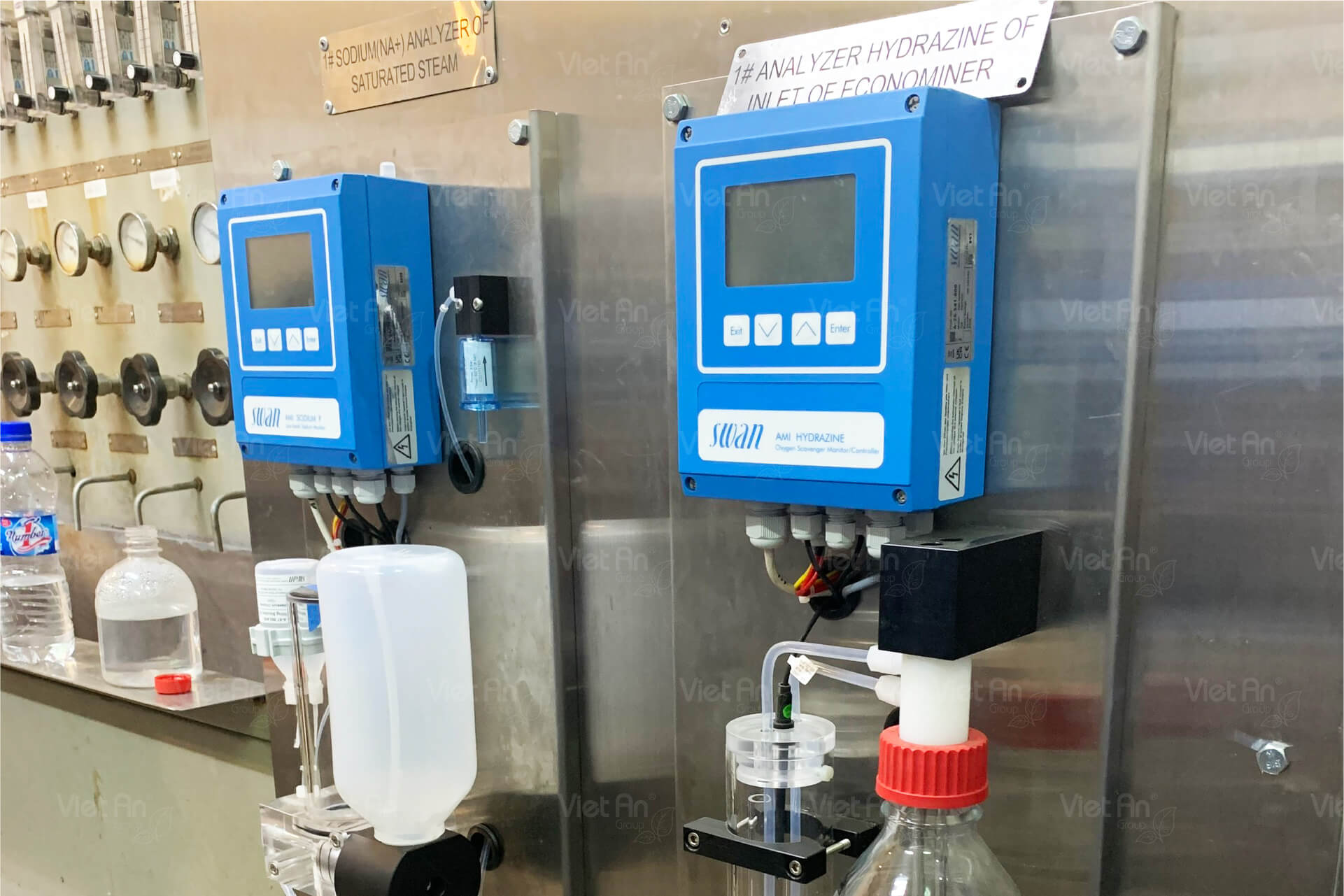
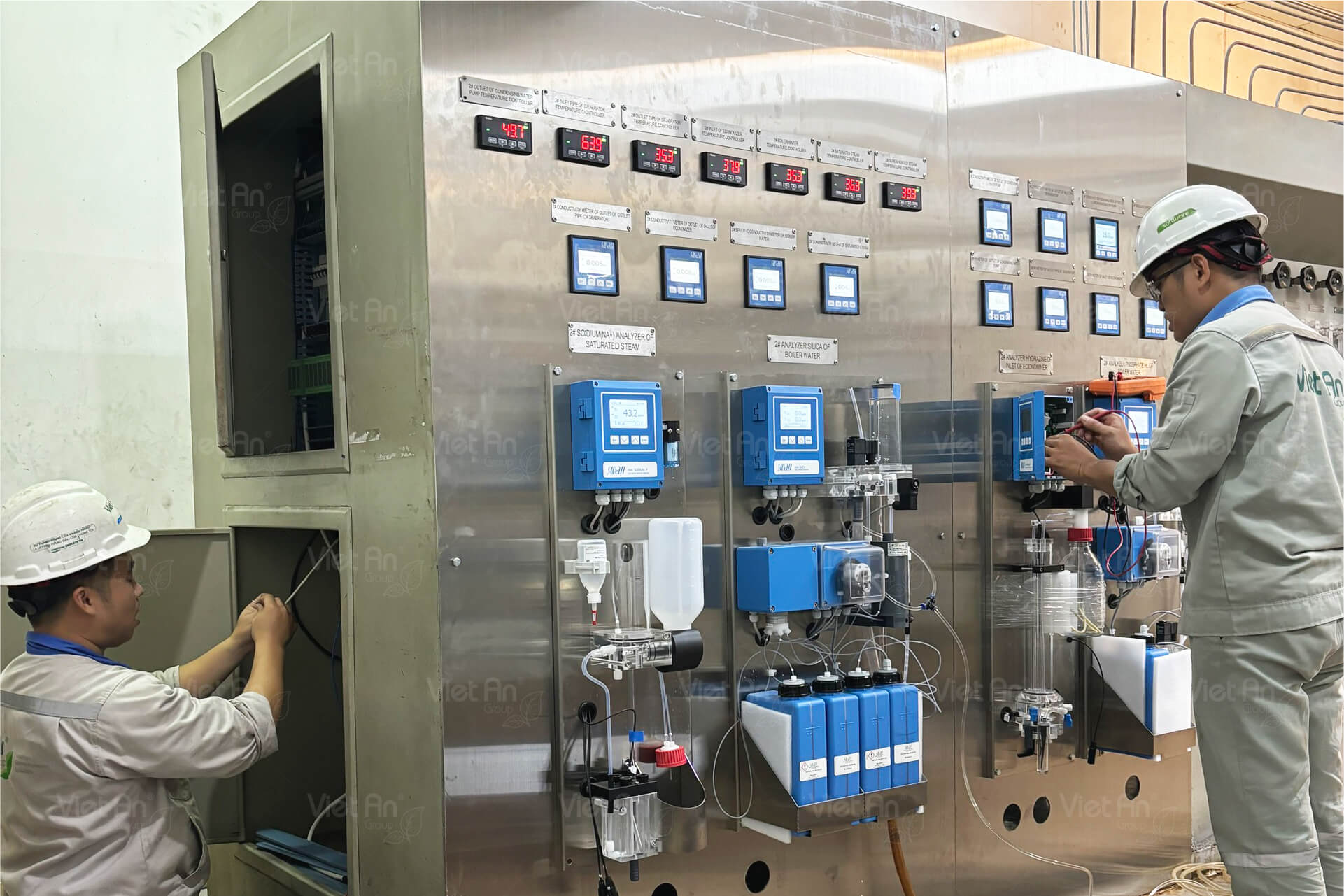
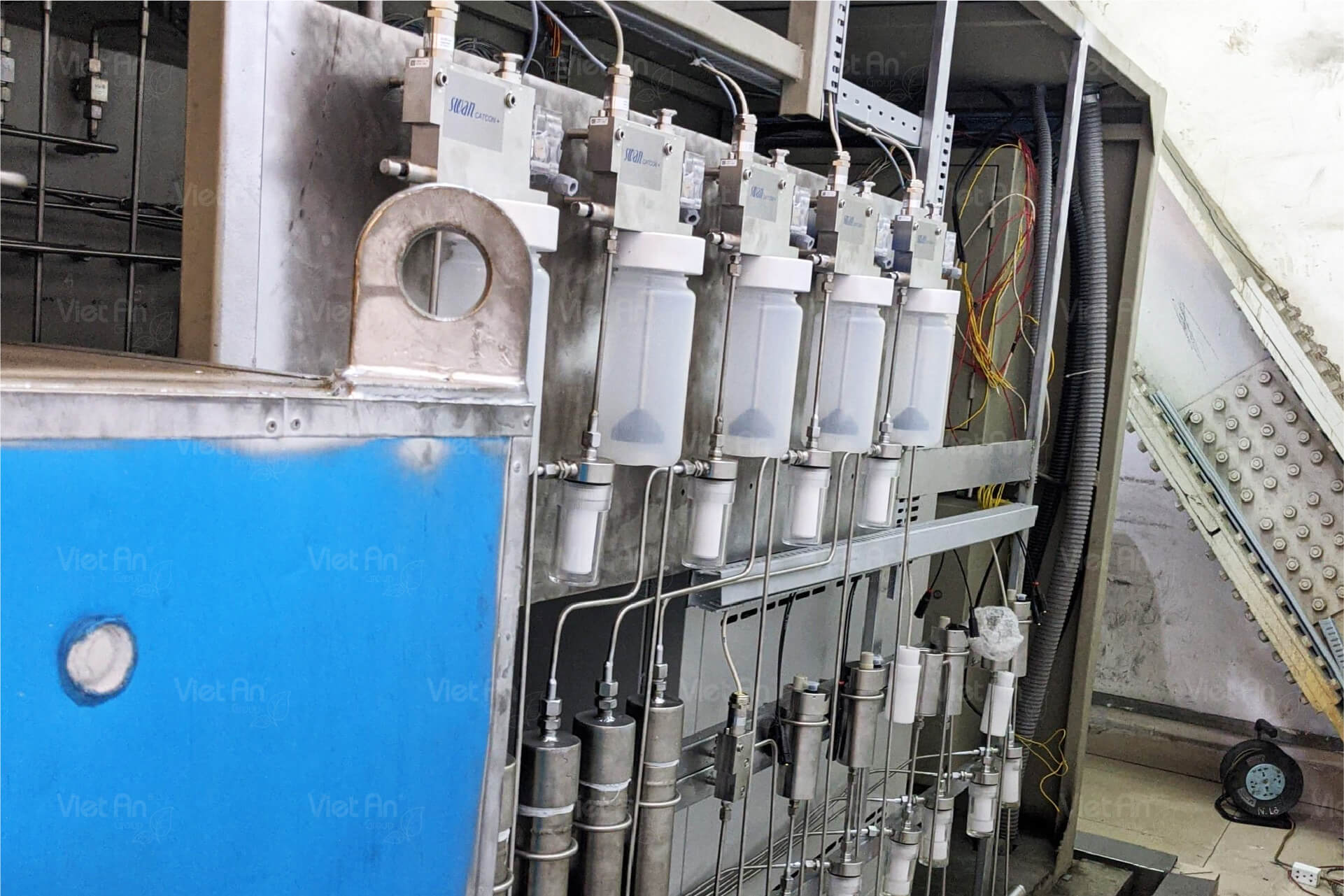
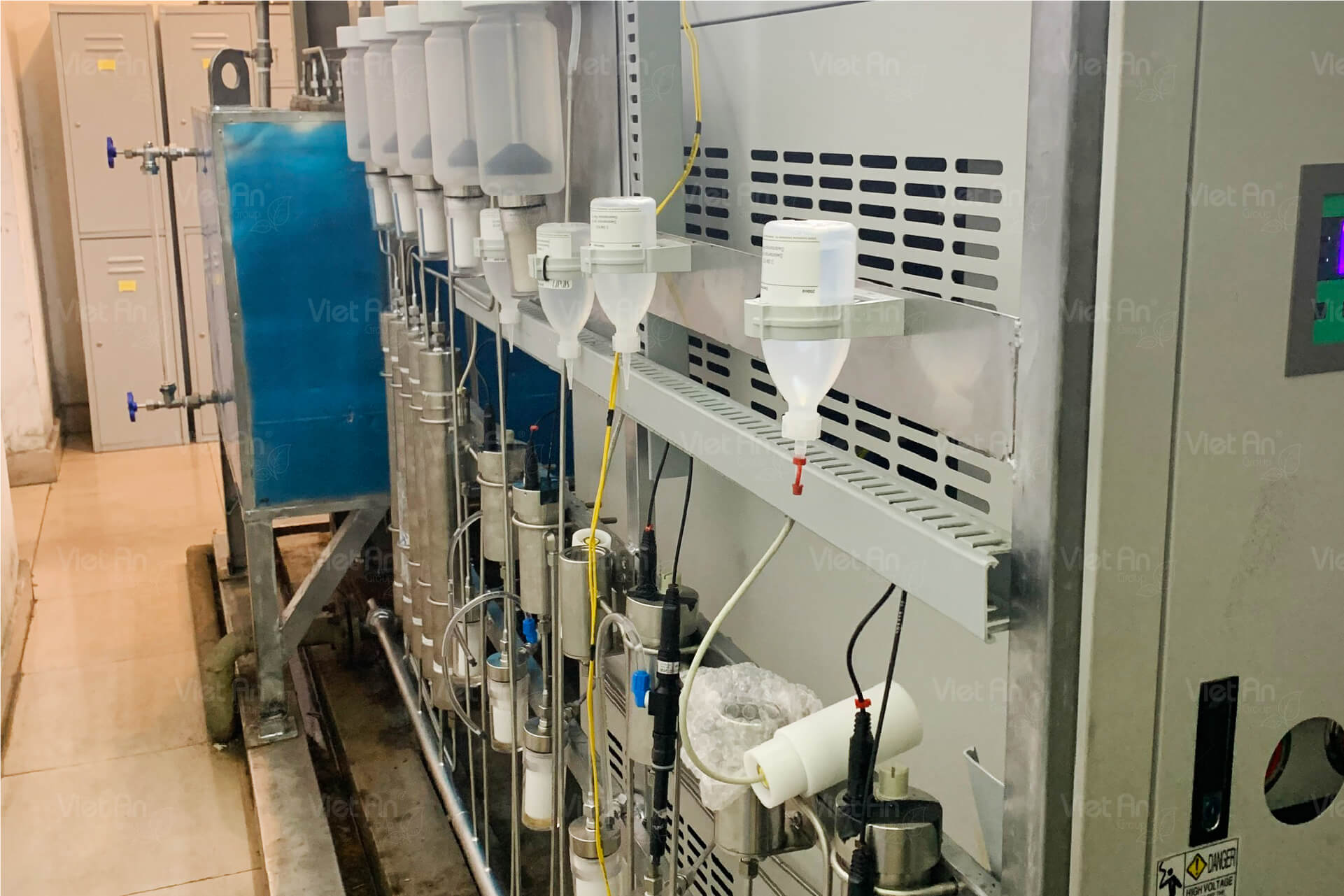
Equipment used in the Steam and Water Analysis System (SWAS).
Total conductivity and Cation/Acid conductivity analyzer
- AMI Powercon Specific
- AMI Powercon Acid
- AMI CACE AC
- AMI Deltacon Power
- AMI Deltacon Degasser AC
- AMI Silica (SiO2)
- AMI Silitrace
- AMI Sodium P
- AMI Soditrace
- AMI pH-Redox QV-Flow AC
- AMI OxytraceOxy (DO)
- AMI Oxytrace QED
- AMI Phosphate HL AC
- AMI Hydrazine
With over 1000 monitoring stations nationwide and 14 years of experience serving 1500 organizations and businesses, we commit to:
- High-quality equipment: 100% genuine imported from EU/G7 countries, with full CO&CQ certificates.
- Comprehensive services: Official warranty, user manuals, and operation instructions.
- Our professional service team is always ready to support customers throughout the entire process, ensuring equipment operates reliably and accurately.
Our team at Viet An is here to provide personalized advice and technical support for your environmental monitoring and industrial measurement needs. We're committed to helping you optimize your investment.

Việt An – Thị phần số 1 Việt Nam về Giải Pháp Quan Trắc Môi Trường và Đo Lường Công Nghiệp
🔘 Head Office (Ho Chi Minh City)
No.4E, Street 6, An Phu Ward, Thu Duc City, Ho Chi Minh City
(Sales) +84 902 970 009 | (Service) +84 901 888 499
🔘 Northern Viet An
Lô 33, khu BT4-1, khu nhà ở Trung Văn, phường Trung Văn, quận Nam Từ Liêm, Hà Nội
(Sales) +84 901 851 116 | (Service) +84 901 888 499
🔘 Central Viet An
No.5A Mai Xuan Thuong Str., Hoa Khe Ward., Thanh Khe Dist., Da Nang City
(Sales) +84 898 119 116 | (Service) +84 901 888 499
🔘 Việt An VP-Hà Tĩnh
03 Mai Thúc Loan, phường Kỳ Liên, Thị xã Kỳ Anh, Hà Tĩnh
(Sales & Service) +84 938 442 414
